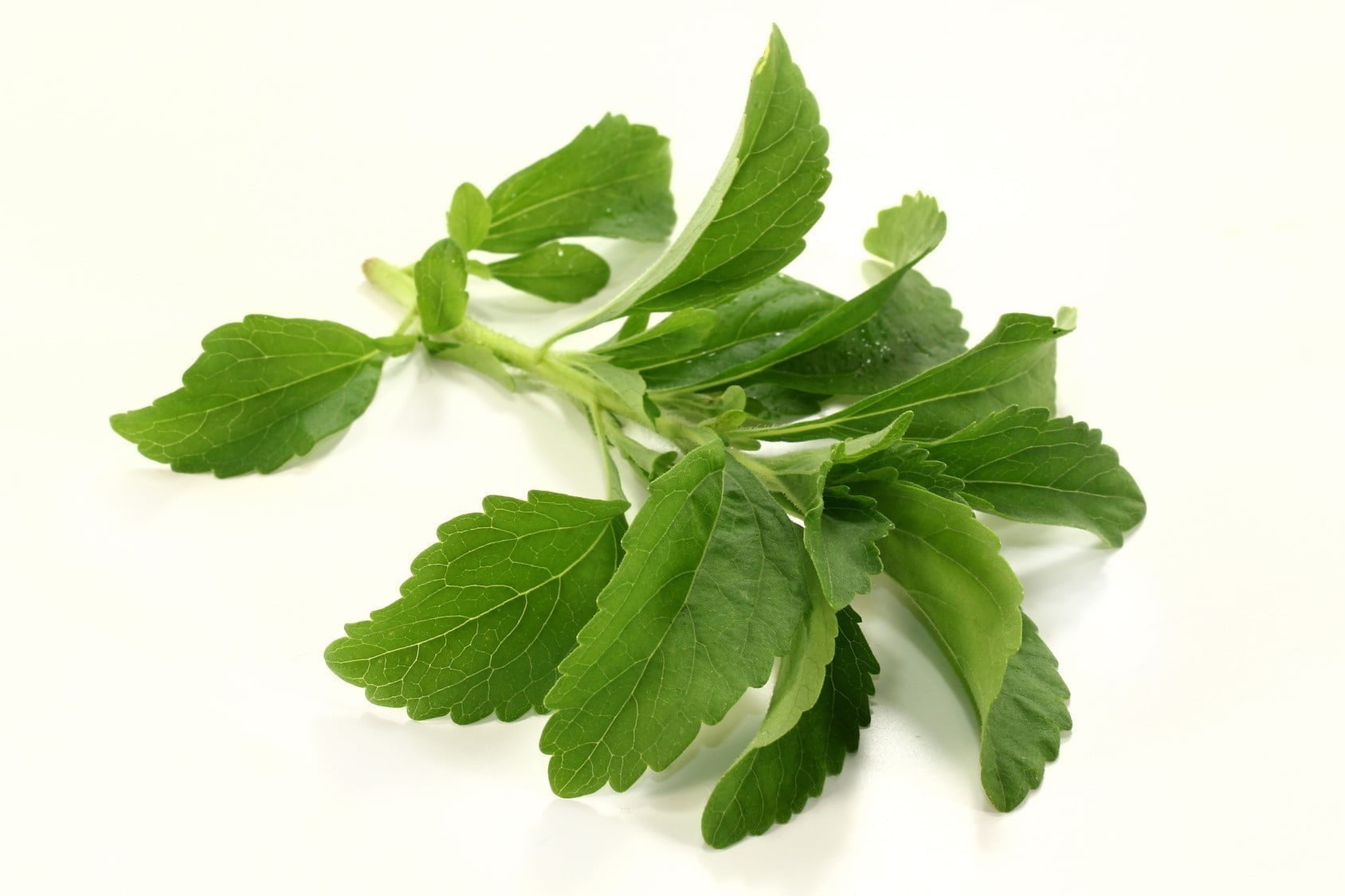Recently updated on: July 9th, 2024
Steviol glycosides are chemical compounds derived from the leaves of stevia rebaudiana, the South American plant used by the indigenous people by hundreds of years. The chemical structure of steviol glycosides is stable and does not change in the process of extraction and purification. It can therefore be assumed that they are a 100% natural product. Many sensory tests have shown that steviol glycosides can be even 300 times sweeter than the traditional saccharose. Since the 1970s, they have been used as a food additive in Japan. In the United States, FDA identified steviol glycosides with the symbol GRAS (Generally Recognized As Safe), i.e. as 100% safe. The European Union allowed them for use as a food additive marked as E-960 in 2011.
The European Food Safety Authority has analyzed the safety of stevia and recommends the acceptable daily intake for steviol glycosides of 4 mg/kg body weight/day. Toxicity studies, i.e. research into the harmful effects of the studied compound caused by its properties, have shown that glycosides are not teratogenic (i.e. have no toxic effect on the embryo or fetus), mutagenic or carcinogenic. They also show no acute toxicity (i.e. when administered in high doses) shortly after ingestion, nor any subacute toxicity associated with prolonged use. Stevia is also safe for pregnant and breast-feeding women, provided that the consumption does not exceed the maximum acceptable intake.
Steviol glycosides and diabetes
ADME tests (of the absorption, distribution, metabolism, and excretion of the studied substance) have shown that due to the beta-glycosidic bonds, steviol glycosides are not digested in the gastrointestinal tract, but are metabolized by the bacteria colonizing the large intestine, producing steviol aglycone, which is then eliminated in the urine and feces. It supports the conclusion that steviol glycosides have no calorific value. Therefore, they are used by the foodstuffs industry as a sugar substitute in persons with diabetes or insulin resistance – they do not induce fluctuations of blood glucose levels and insulin spikes. Clinical data also shows that substitution of simple sugars with stevia has a positive effect on weight loss and BMI reduction.

Steviol glycosides 95 REB-A 80 and REB-A 60 (Stevia)
Steviol glycosides 95 REB-A 80 and REB-A 60, commonly known as stevia, are plant-based substitutes for white sugar. They owe their popularity to their properties. Steviol glycosides are sweet and can easily be used as a healthy and natural replacement for regular, white sugar.
Stevia in toothpaste
Furthermore, research proves that steviol glycosides have a beneficial effect on reducing cavities caused by the streptococcus mutans bacteria. This property may be twofold: on the one hand, people consuming products sweetened with stevia rather than saccharose thus reduce the overall consumption of sugar which is needed by the cavity-causing bacteria to grow. On the other hand, numerous studies have shown that stevia extracts may inhibit and reduce the growth of harmful bacteria, as well as the development of the biofilm. Toothpaste with stevia reduce the development of plaque and the number of cavity-causing bacteria in the oral cavity.
Benefits of stevia consumption
The healthful properties of stevia also include antioxidant, anti-viral and immunomodulating effects. Research has demonstrated that steviol glycosides prevent inflammation by inducing secretion of anti-inflammatory cytokines. Tests on human neoplastic cell lines have also shown that steviol glycosides stimulate the production of cytokines which reduce the growth of cancer cells.
Steviol glycosides and allergies
Given that they do not cause allergic reactions, nor create any allergy-inducing compounds when metabolized, steviol glycosides are considered to be safe for persons with allergies. Stevia leaves have been used for many years and no allergic reactions have been associated with their intake. Some rare oversensitivity responses to stevia were observed prior to 2008, i.e. before the highly purified steviol glycosides came into use. After 2008, no hypersensitivity to stevia has been reported. That is why products containing stevia do not have to carry any special allergy warnings on the label.
Can stevia be harmful?
All the facts presented above, and the evidence demonstrated by numerous clinical studies show unequivocally that steviol glycosides themselves, and products that contain them, are entirely safe and healthy, and may be consumed by pregnant women, children, as well as persons with allergies or metabolic diseases.
Literature:
Gardana C, Simonetti, Canzi E et al. Metabolism of Stevioside and Rebaudioside A from Stevia Rebaudiana extracts by Human Microflora, J. Ag. Food Chem, 51(2):6618-6622, 2003.
Ferrazzano GF, Cantile T, Alcidi B, et al. Is Stevia rebaudiana Bertoni a Non Cariogenic Sweetener? A Review. Molecules. 2015;21(1):E38.
European Food Safety Authority, Panel on Food Additives and Nutrient Sources added to Food. Scientific opinion on the safety of steviol glycosides for the proposed uses as a food additive. EFSA Journal, 8(4):1537. 2010. [3. Biological and toxicological data (pg 20); 3.1. Absorption, distribution, metabolism and excretion (pg 20); 3.1.1. In vitro studies (pg 20);3.1.2. In vivo studies (pg 20)]. www.efsa.europa.eu/en/efsajournal/pub/1537.htm
European Commission Regulation (EU) No 1131/2011 of 11 November 2011 amending Annex II to Regulation (EC) No 1333/2008 of the European Parliament and of the Council with regard to steviol glycosides. Official Journal of the European Union. December 11, 2011. Retrieved June 13, 2013: http://eurlex.europa.eu/LexUriServ/LexUriServ.do?uri=OJ:L:2011:295:0205:0211:EN:PDF
US Department of Health and Human Services and US Department of Agriculture. 2015–2020 Dietary Guidelines for Americans. 8th Edition. December 2015. Available at: http://health.gov/dietaryguidelines/2015/guidelines/.


